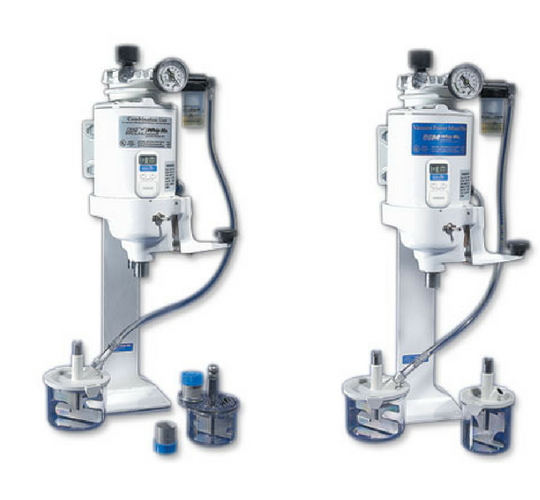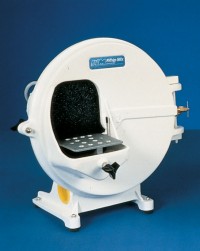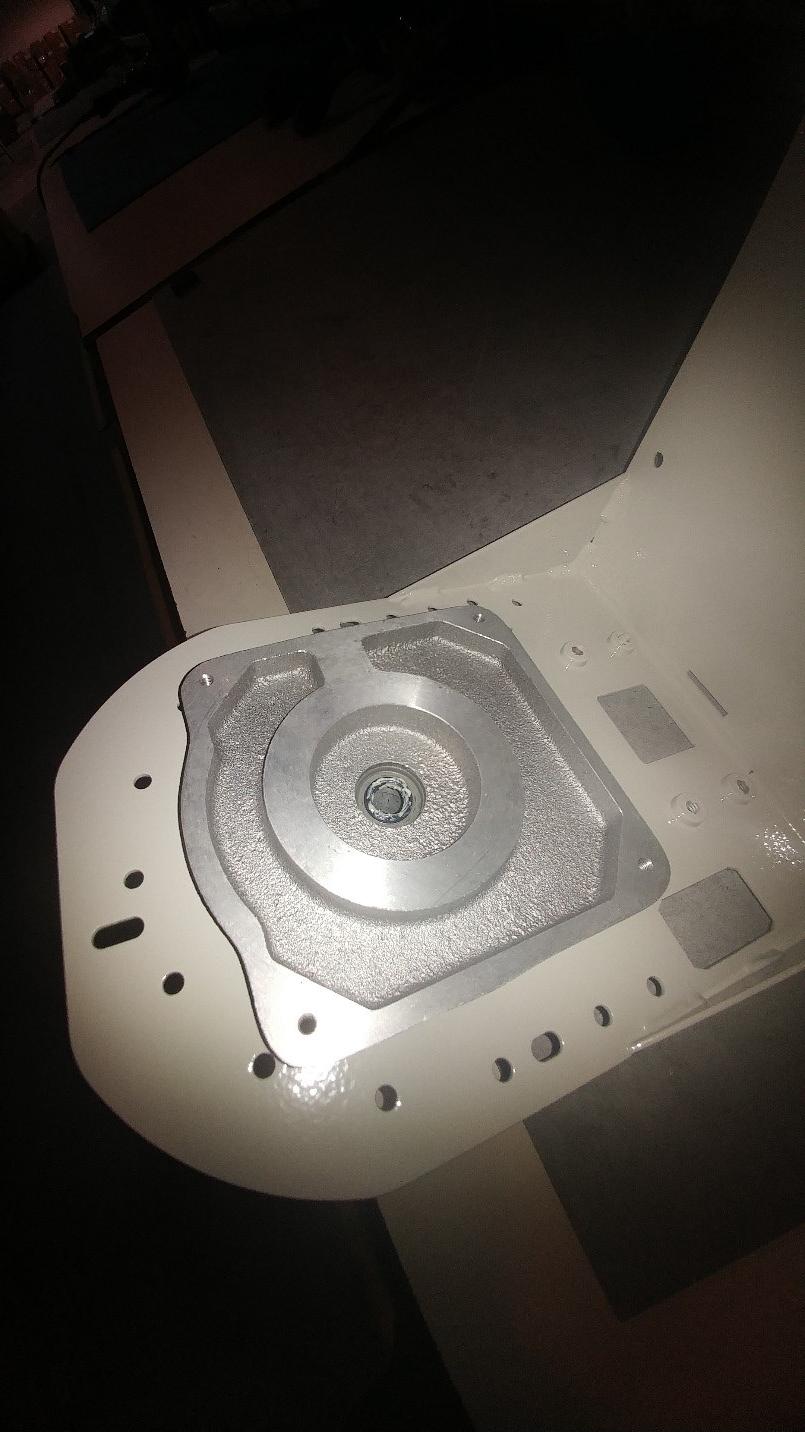I get many calls from dental technicians and dealers saying that my Whip Mix (a.k.a. vacuum mixer) has stopped. It is pleasing to hear that our reputation is so deeply rooted in dental history our mixers, regardless of style, are immediately dubbed a Whip Mix. Since mechanically they are all very similar, I’m usually certain it is a problem we can work though. Many times the user is convinced the unit is done, and regretfully must let it go. However, they are usually very pleased to find that this is not the case and that’s when the process of walking them through getting them up and running begins.
Does it hum?
The first question I ask is “Do you hear a humming sound”? If the answer is yes that is good news, because most likely corrosion in the pump has set up and will need to be dealt with in order to allow the motor to spin again. This can happen for a few reasons, one the unit hasn’t been used in a while and condensation has caused some corrosion build up and is preventing the rotor in the pump area from spinning. The second reason could be that the hose fell into some water and the water found its way to the pump area, and again corrosion set up. However, the most common reason I encounter is the unit hasn’t been purged often enough or long enough.
Purging the mixer
In any case, I recommend unplugging the unit and accessing the pump area at the top of the mixer. Remove the six philips head screws and take off the end plate to reveal the pump. At this point we will need to remove the four vanes in the rotor; the one closest to the pump body wall may be difficult to remove, so you may need to wait till the rotor is no longer ceased. Next we need to spray some WD-40 into just the pump area and let it set for about 15 minutes. This should help free up the rotor and allow it to spin. Wearing safety glasses, plug the unit in and turn it on briefly then off to see if the rotor will spin. You should now be able to remove the final vane. If it does not spin, spray a bit more WD-40 and to set another 15 minutes to see if the rotor will spin to remove the final vane.
Once you have successfully allowed the rotor to start spinning, we will want to clean the rotor and pump body area. While the pump is wet with WD-40 we will want to clean any built up corrosion responsible for causing the rotor to stop. To do this, you can use 220 grit wet / dry sandpaper. For tough to reach areas such as the channels that hold the vans, it might be helpful to fold a piece of sandpaper to a thickness to contact the walls and the floor of the pump body. Also, holding your folded paper in the channel and engaging the floor of the pump, you can move the rotor by turning the drive chuck at the bottom of the unit. This allows for a more complete cleaning of the pump area. Once you are satisfied with the cleaning, you can wipe off the excess WD-40 and debris with clean soft rag and cotton tip applicator. Re-secure the end plate and check the movement of the drive chuck and vacuum level by putting your finger over the metal trap cap at the end of the hose. If the vacuum level is too low, you may need to continue cleaning the pump area as limited vane movement will result in low vacuum.
Still having trouble? Don't hesitate to contact Whip Mix Technical support for further instructions.










Leave a comment